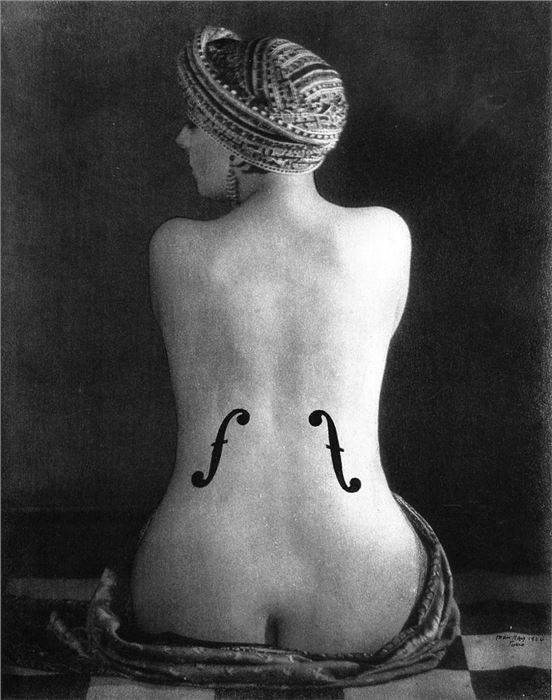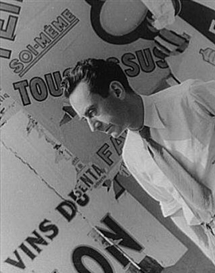Man Ray’s Subtle Surrealistic Genius Women
The iconic artist's Le Violon d'Ingres will vie for a new record this week, allowing for a review of his portrayal of other women
Benjamin Blake Evemy / MutualArt
May 06, 2022
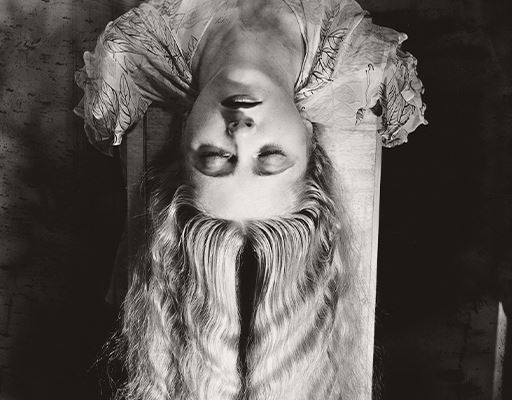
American born, but spending most of his career in Paris, visual artist Man Ray contributed greatly to the Dada and Surrealist movements, and even though he above all considered himself a painter, he created some of the most striking and well-known photographic images of the 20th century – especially those where he made use of female models. He was an exceedingly private person, letting few details of his early or personal life be known to the public, going so far as to refusing to go by any other name than Man Ray. His photographs of female subjects have a similar air of mystery. They are surrealistic and stunning works of visual art, which tend to leave viewers with strong feelings of ambivalence. The true genius of Man Ray is extremely subtle and is something which is well worth taking the time to examine more thoroughly.
The Coat-Stand (Porte manteau), 1920, gelatin silver print, reproduced in New York Dada (magazine), Marcel Duchamp and Man Ray, April 1921, Bibliothèque Kandinsky, Centre Pompidou, Paris
Emmanuel Radnitzky was born in 1890 in South Philadelphia to Russian Jewish immigrant parents. In 1912, the family’s surname was changed to Ray, due to the antisemitism prevalent during that period. Emmanuel, whose nickname was Manny, eventually started going only by the name Man Ray. His father worked in a garment factory, also running a humble tailoring business out of the family home. He would regularly ask his children to assist him with his work. Even though Man Ray wished to distance himself from his family, he would go on to often use objects associated with tailoring in his works, such as flat irons, mannequins, needles, pins, and fabric. Art historians have also noted similarities between tailoring styles and Ray’s painting and collage techniques. The Coat-Stand (Porte manteau), is an example of how the artist used props inspired by his childhood to create an astonishing avant-garde image. For a photograph that is very simple in its execution, The Coat-Stand works startingly well in its impact. It is profoundly unnatural, and the viewer can’t help but feel like they are being mocked by the pantomime-esque expression frozen on the stand’s face. The fact that the model is clad only in one lone stocking, gives the impression that this strange creature is an amputee as well as an abomination.
Electricité, 1931, from a portfolio of ten rayographs, © Man Ray Trust
Man Ray’s photograms, fondly named ‘rayographs,’ stemmed from the artist rediscovering the technique almost by accident. While working in the darkroom one night on contact prints, an unexposed piece of photographic paper found its way into the developing tray. Regretting the wasted sheet, Ray absentmindedly placed several pieces of darkroom paraphernalia that were on hand onto its surface, before switching on the light. Instantly, an image began to form. Ray continued to experiment with this technique, to discover new ways in which he could create his famed rayographs. Electricité, selected from a portfolio of ten rayographs, is an example of this constant experimentation. The cropped and layered nude resembles a marble bust, while the shadows cast from electrical currents contrast with modernity.
Meret Oppenheim at the Printing Wheel, 1933, gelatin silver print, The Metropolitan Museum of Art, New York City
During his time in Paris, Man Ray was part of the avant-garde artistic circles that flourished in the city. German-born Swiss Surrealist, Meret Oppenheim (known for her Breakfast in Fur (Le Déjeuner en fourrure)) garnered the reputation as the muse of the Parisian Surrealists when she posed nude for Man Ray. Meret Oppenheim at the Printing Wheel is a powerful and provocative image. Soft female flesh contrasted with industrial machinery, jet-black ink adorning the lower arm, dazzling chiaroscuro, it speaks eloquently of the inspiration found through sexual desire.
Woman with Long Hair, 1929, gelatin silver print, private collection
Even though Man Ray’s ties to the Dada and Surrealism were relatively informal, the sentiments that the movements expressed echo very strongly in his work. The rejection of conventional ideas, inclusion of nonsensical elements, the ordinary used as something extraordinary, and the use of dream-like imagery can all easily be found the artist’s photography, photograms, and paintings. In Woman with Long Hair Surrealism abounds. While the image is striking aesthetically, there are several elements that are decidedly strange. The way the model is unnaturally posed upon what seems to be a wooden box with no obvious depth, the stain on her collarbone, her arms which seem to have simply vanished, and the background – which looks like it could be part of a darkened room. Ray had a talent for drawing the viewer in, and gradually making them more and more unsettled the longer they gaze upon the print.
Le Violon d'Ingres (Ingres's Violin), 1924, gelatin silver print, J. Paul Getty Museum, Los Angeles
His portrait and fashion photography remain as powerful and stunning today as when it was first produced. His most well-known work, Le Violon d'Ingres (Ingres's Violin), is an extremely effective representation of this. However disturbing some viewers may find the image to be, there is no doubt that it is a very powerful and well-executed piece, and while there has been discussion on the objectification of model Kiki, taking her and essentially turning her into a musical instrument to be played on a whim, there seems to have been little expressed on the obvious appreciation of the female form. The curves of a nude woman do resemble that of certain musical instruments, which have always been regarded as creations of great skill and beauty. In order to create the iconic image, Man Ray painted the f-holes onto the print before rephotographing it. In the past these f-holes have been mistaken for tattoos.
The genius of Man Ray’s photography is understated. Often it is found in the smaller details, the details one may miss with just a fleeting glance. The more one studies his work, the more one thinks, and that certainly is a testament to Ray’s depth and vision. And by using models in unconventional ways, while heavily incorporating surrealistic elements, he was able to produce images that both capture the beauty of the female form, and transport the viewer to a decidedly strange, dream-like place, which for some may well be more a nightmarish one. Either way, their poignancy is indisputable, as is as the inherent talent of their creator.
For more on auctions, exhibitions, and current trends, visit our Magazine Page

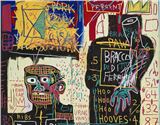
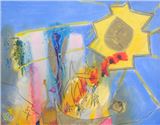

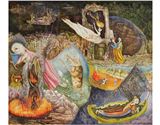
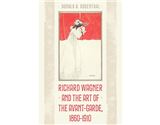
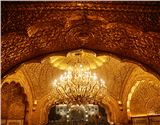
.Jpeg)



